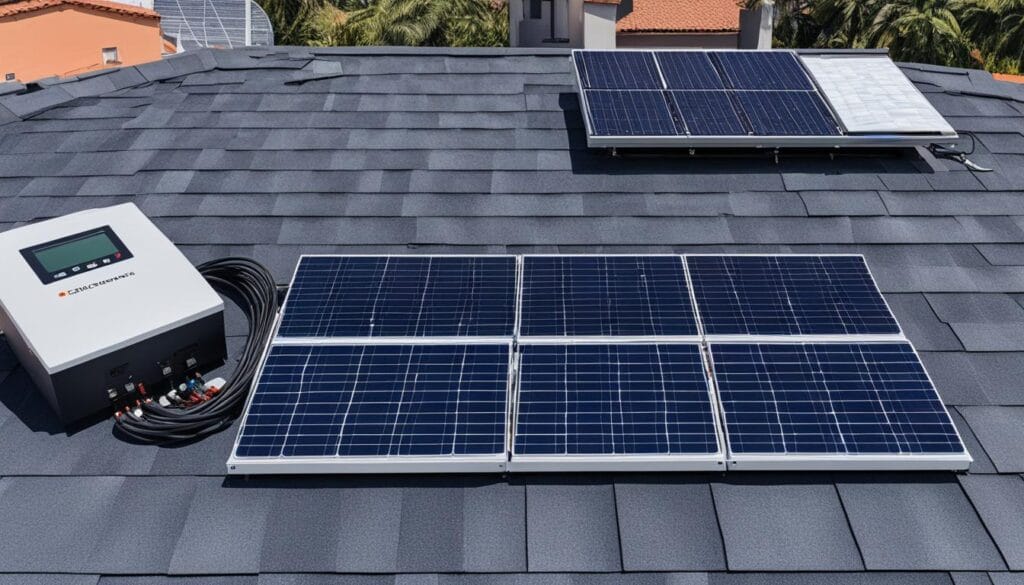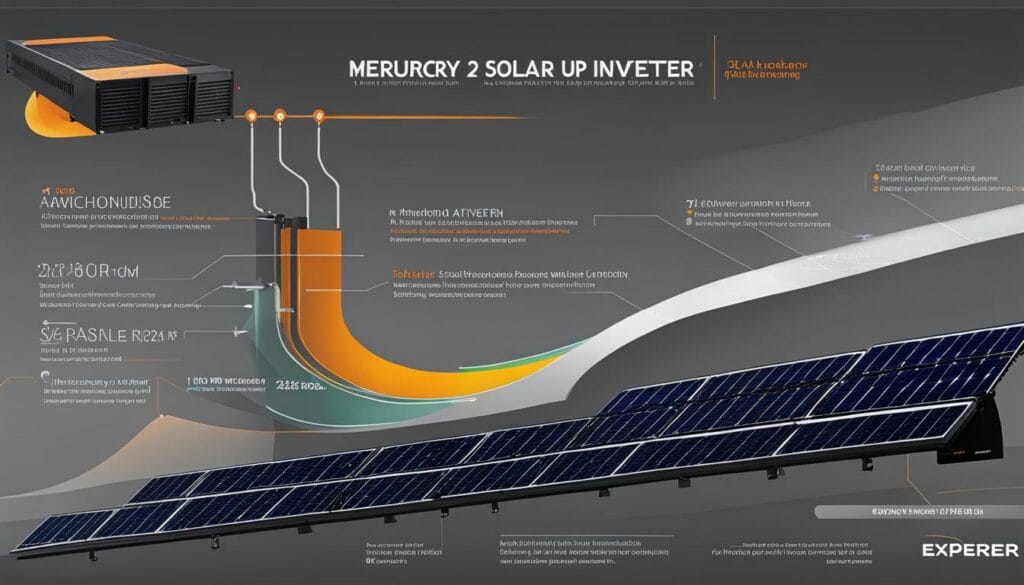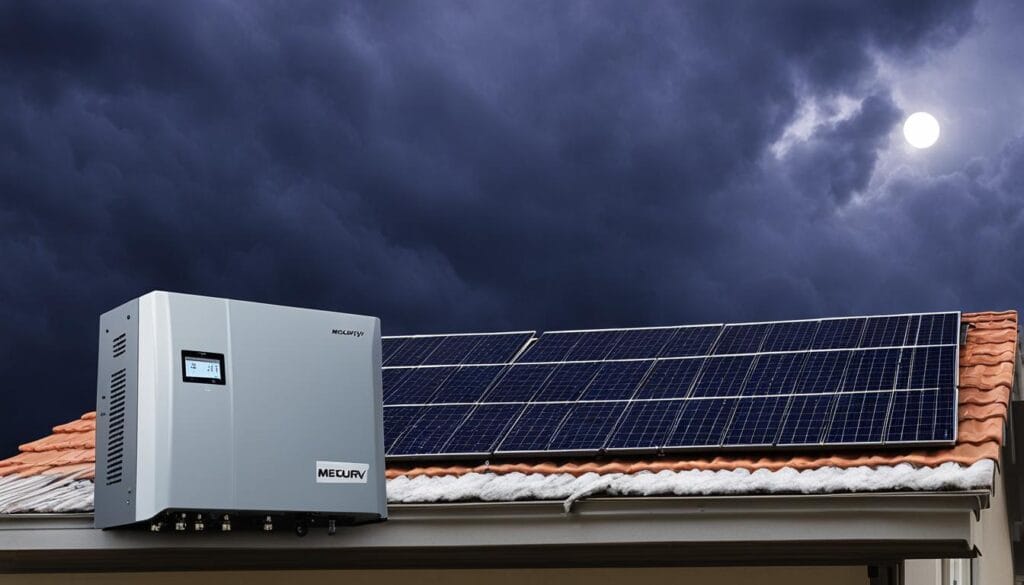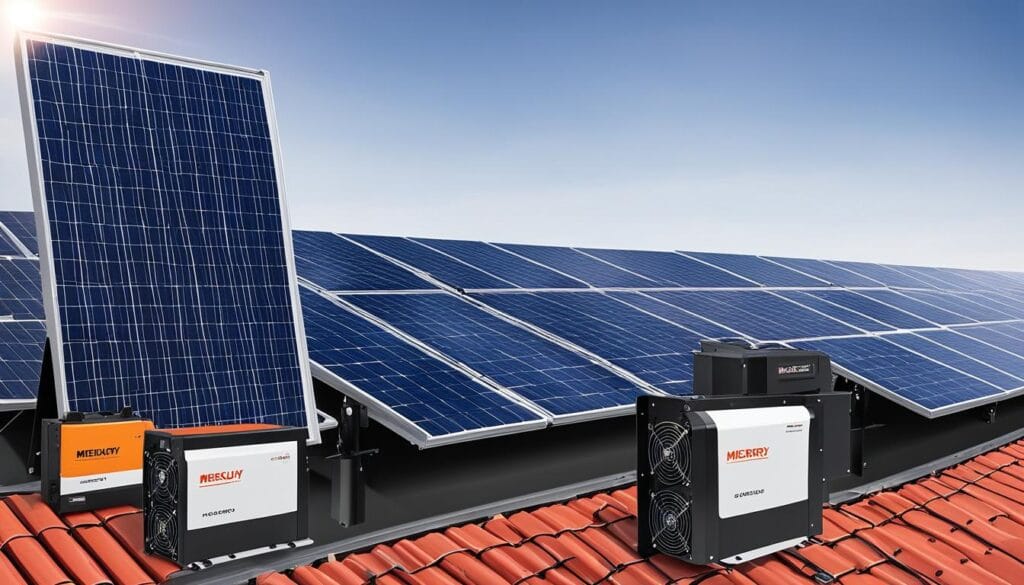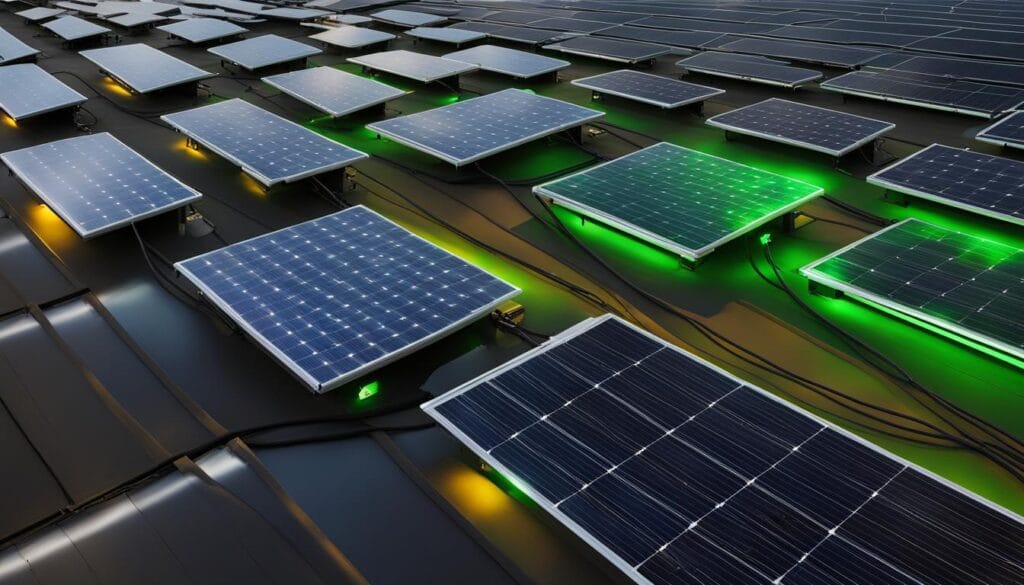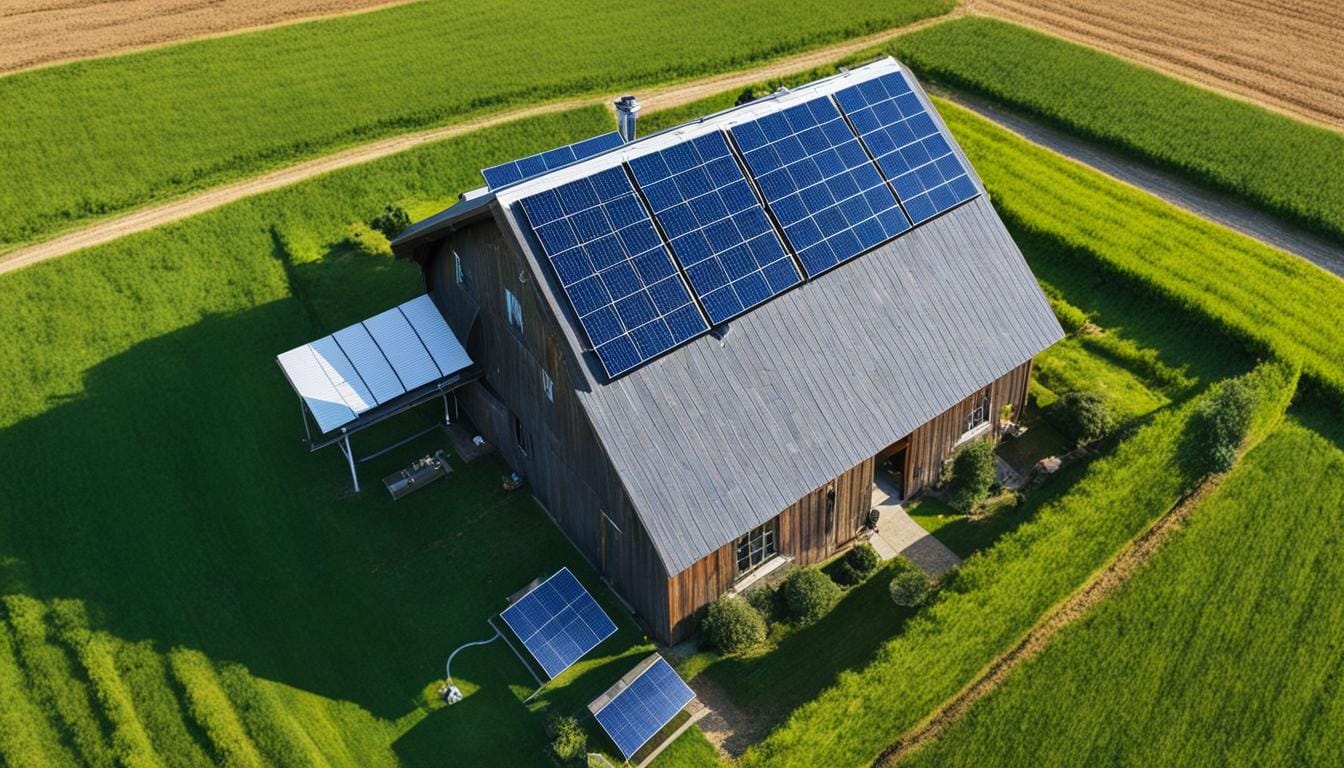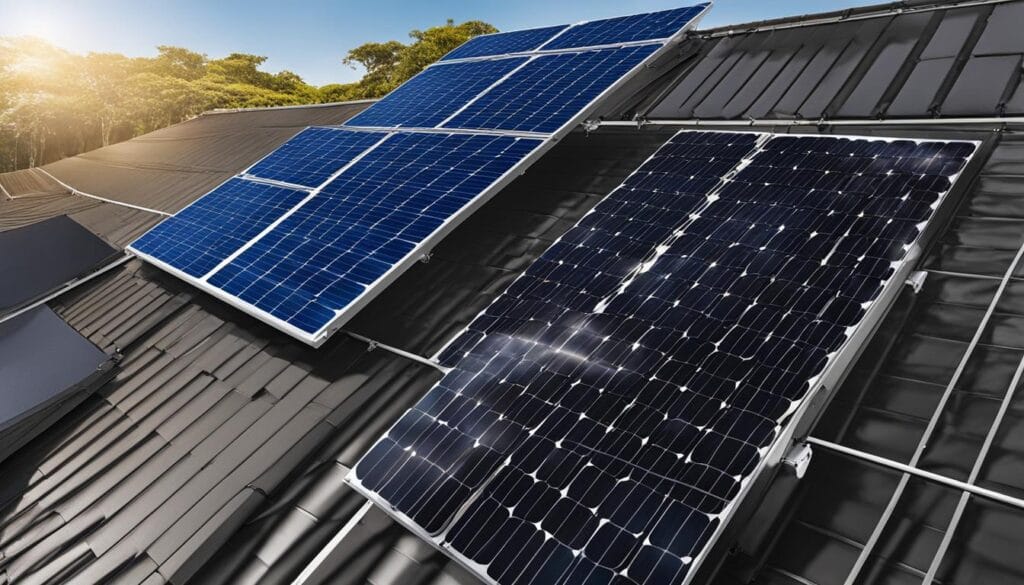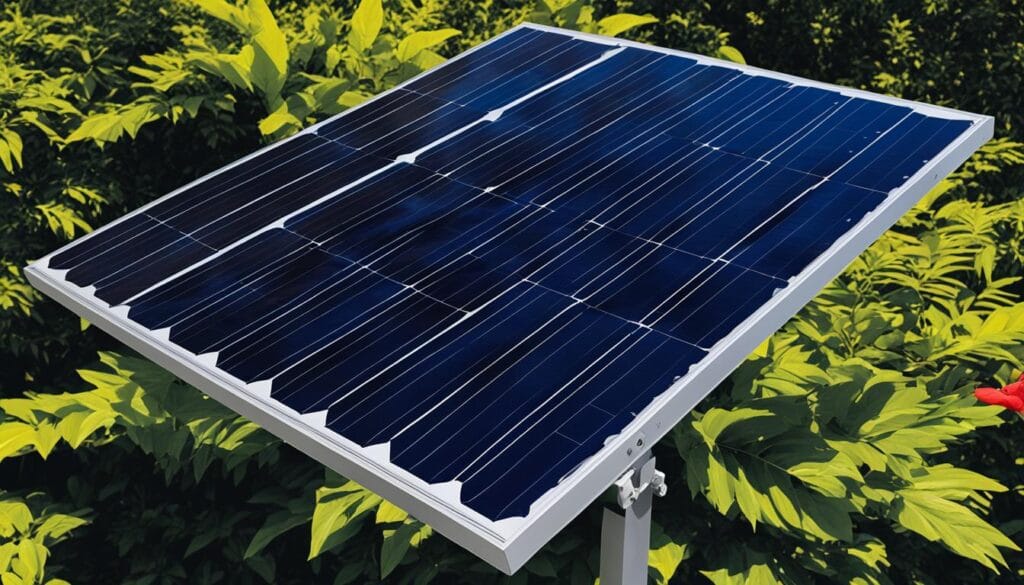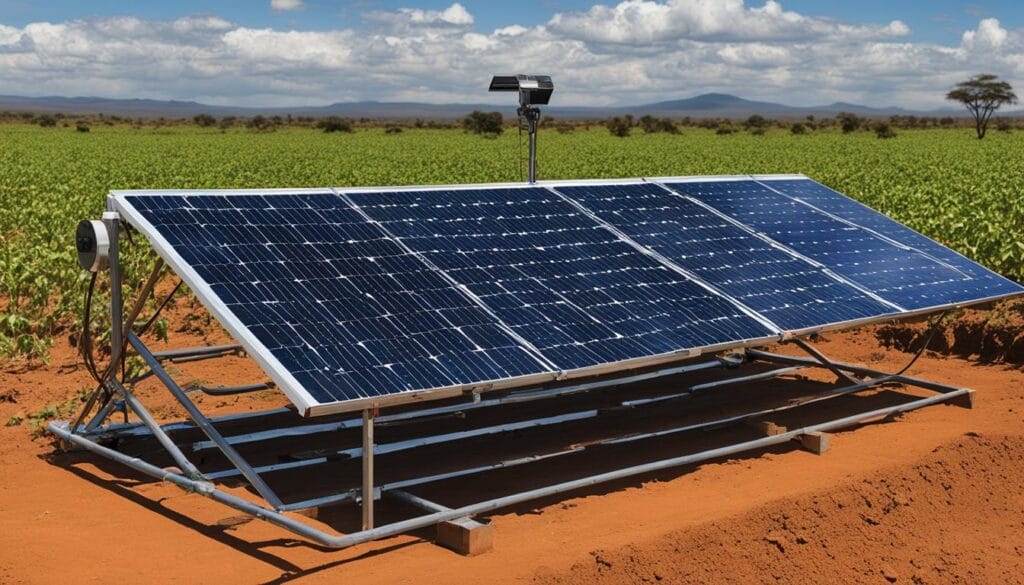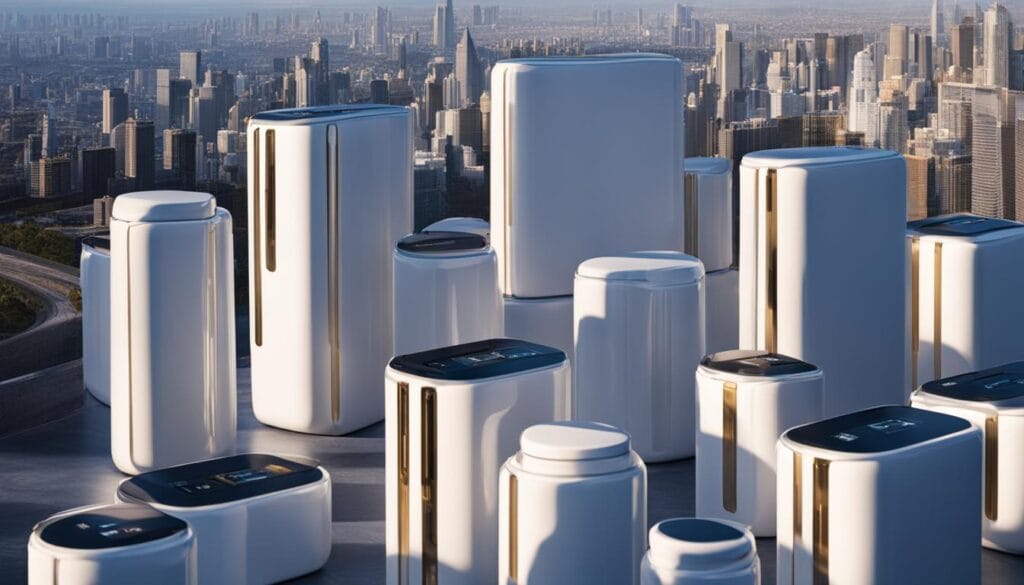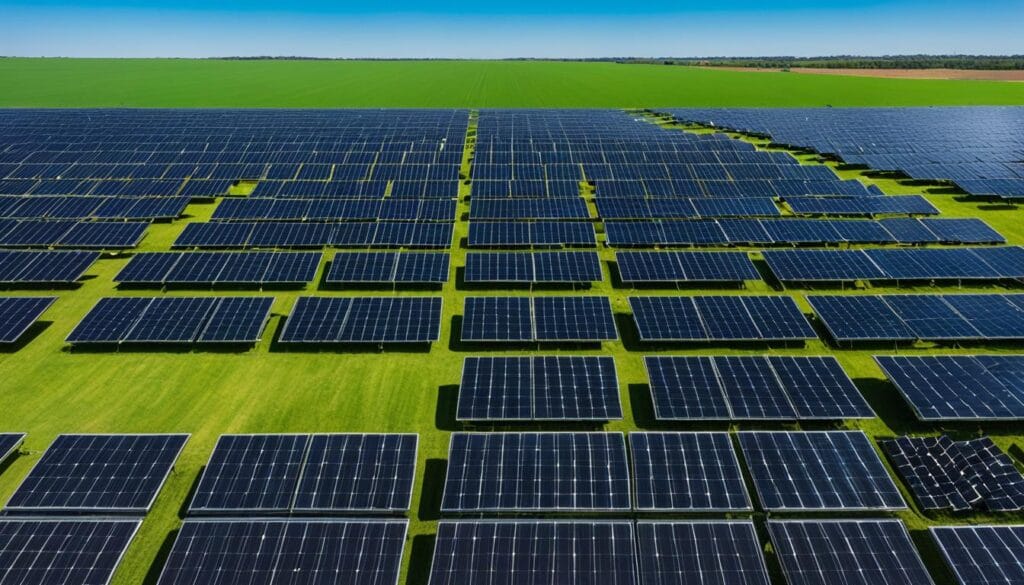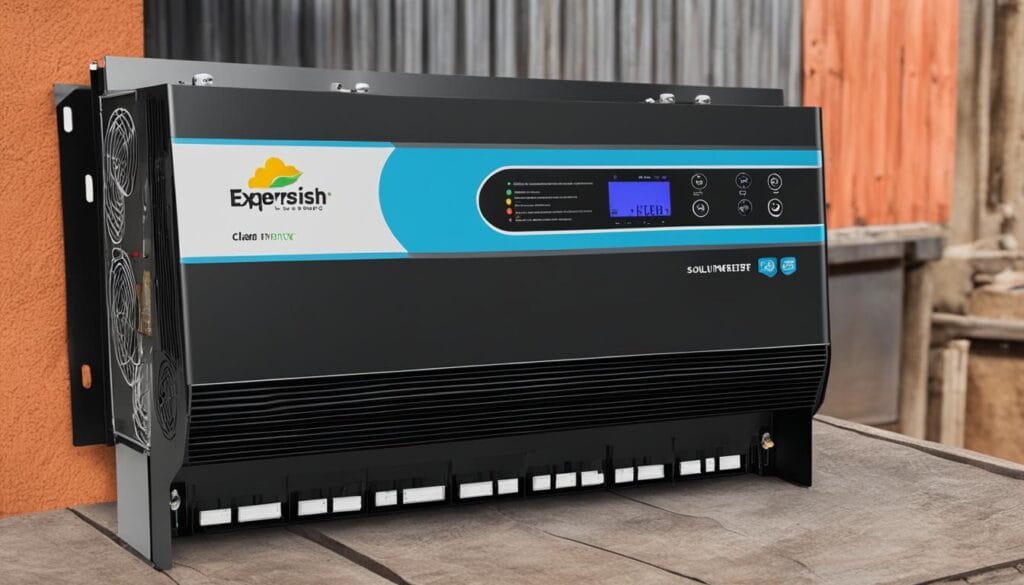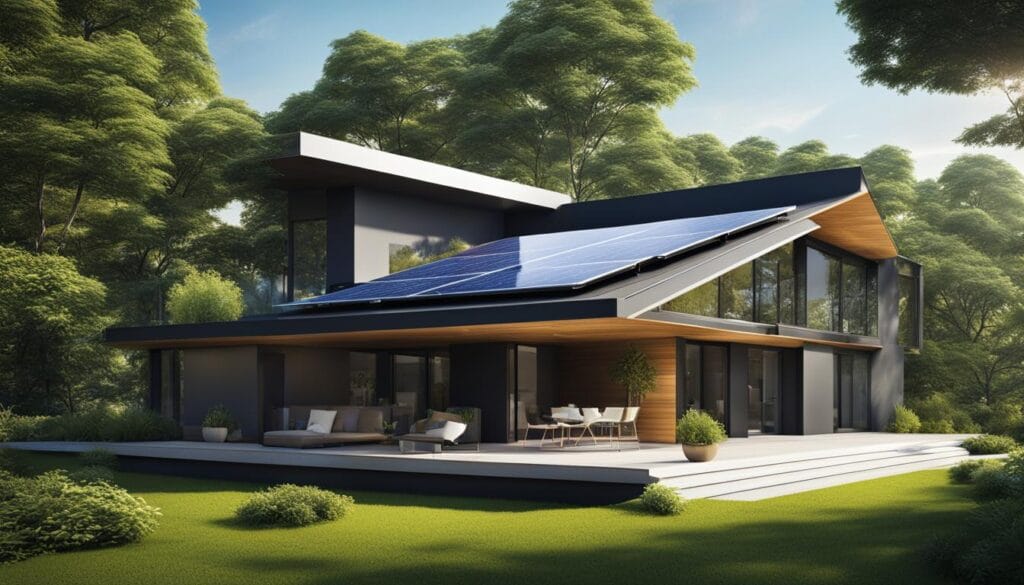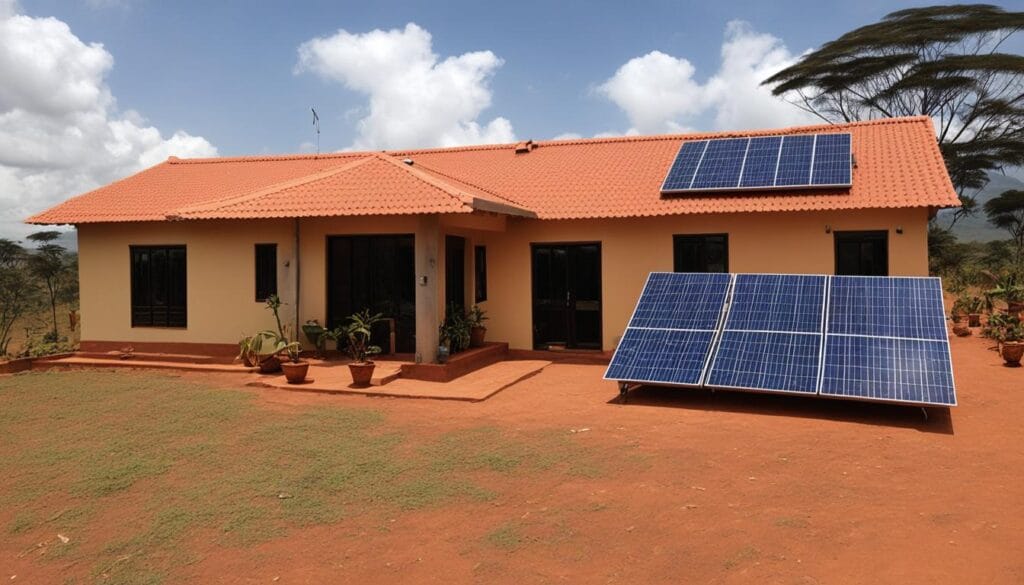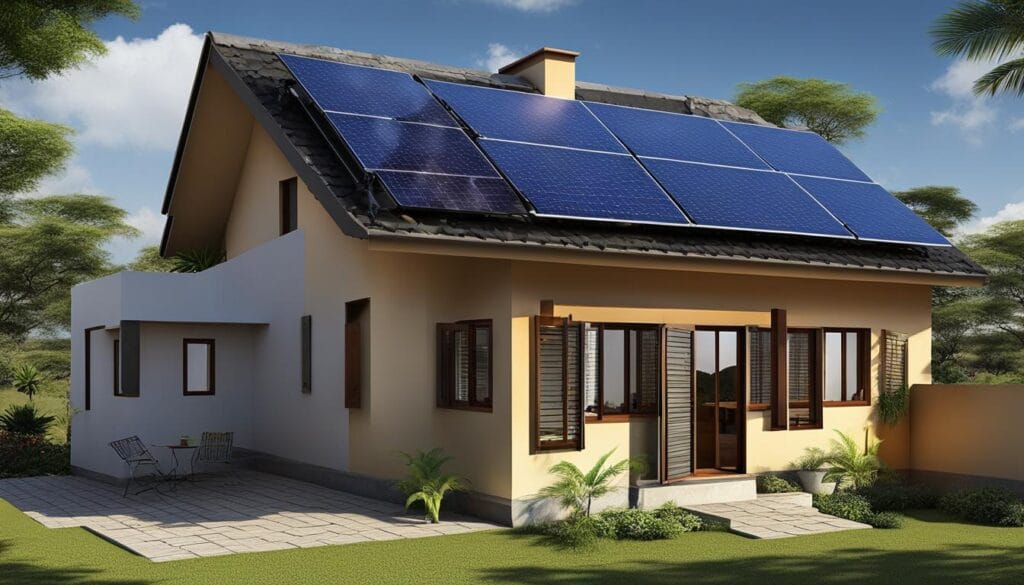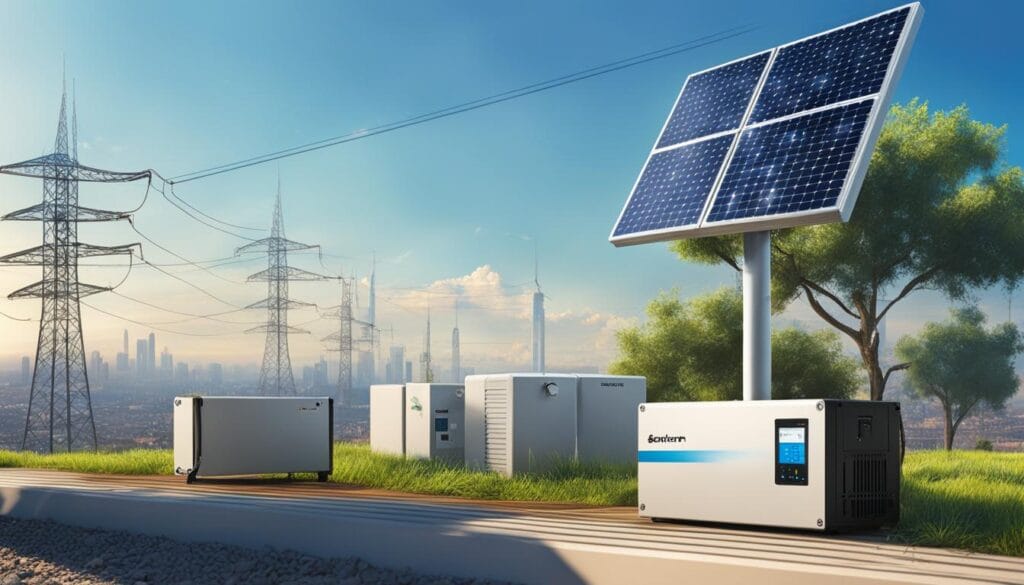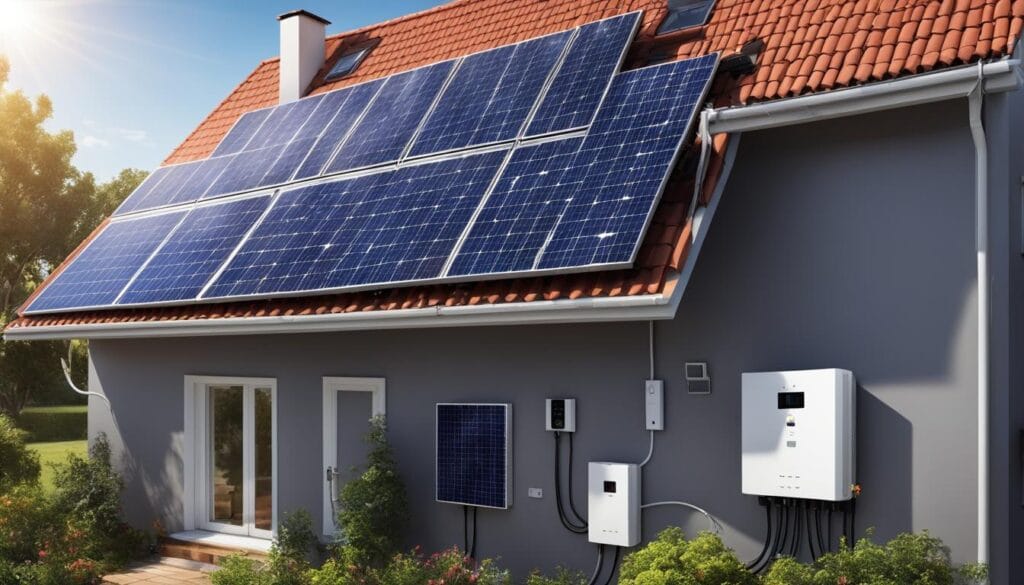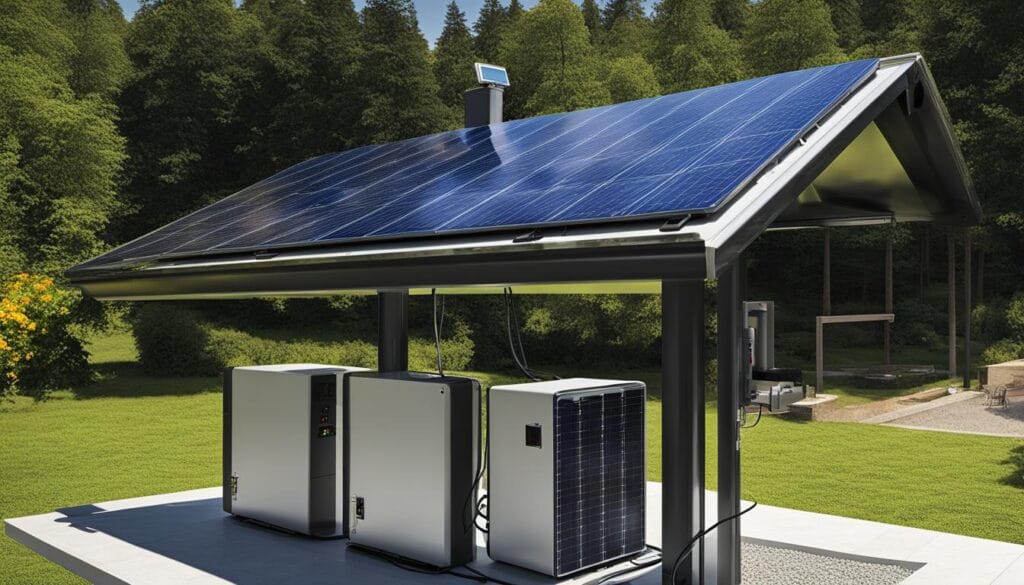Does Solar Power Need Direct Sunlight
The Role of Direct Sunlight in Solar Power Efficiency
When you think about solar power, you might assume that it exclusively relies on bright, direct sunlight. While it is true that solar panels perform best in clear, sunny conditions, the reality is a bit more nuanced. Understanding how solar power interacts with sunlight can help you maximize the efficiency of your solar energy system.
Solar panels, typically made of silicon cells, convert light into electricity. This process occurs through the photovoltaic effect, which generates electric current when sunlight hits the solar cells. You might be wondering, “Does solar power need direct sunlight to work?” The short answer is no, but there’s more to the story.
Here’s a breakdown of how solar panels perform under various lighting conditions:
- Direct sunlight: Solar panels operate at their peak efficiency when exposed to direct sunlight. The more sunlight they absorb, the more electricity they produce. Sunny days yield the best results, especially during midday when the sun is at its highest.
- Indirect sunlight: Surprisingly, solar panels can still generate power on cloudy or overcast days. While their efficiency drops compared to direct sunlight, they can still capture diffused light. Some high-quality solar panels are designed to work better in low-light conditions, allowing you to harness energy even when the sun isn’t shining brightly.
- Shaded conditions: If a solar panel is partially shaded by trees, buildings, or other objects, its efficiency can significantly decline. This is because solar cells produce electricity only when they are exposed to light. If part of the panel is in the shade, it may hinder the performance of the entire system, though advancements like microinverters or power optimizers can help mitigate this issue.
So, how do you ensure your solar power system is as efficient as possible? Here are some strategies:
- Optimal placement: Position your solar panels where they can receive the most direct sunlight throughout the day. South-facing roofs are ideal in the northern hemisphere, as they capture maximum sunlight. If you can, avoid placing them in shaded areas.
- Regular maintenance: Keep your solar panels clean and free from debris. Dirt, leaves, and snow can block sunlight and reduce their efficiency. A simple wash with water and a soft brush can help ensure they remain in peak condition.
- Invest in quality panels: Choose solar panels that are designed for various lighting conditions. High-efficiency panels can capture more light, even in less-than-ideal situations, allowing for increased energy production.
In addition to direct sunlight, the angle at which sunlight hits your solar panels plays a critical role in maximizing their efficiency. Using adjustable mounts allows you to change the angle of your solar panels based on the season. This ensures they capture the most sunlight possible, even as the sun’s position in the sky shifts throughout the year.
Temperature is another important factor to consider. While it might seem counterintuitive, solar panels actually operate better in cooler temperatures. Excess heat can decrease their efficiency, so surrounding your system with proper airflow can help maintain optimal performance levels.
If you live in a region that experiences varying weather conditions, it’s vital to design a solar system that adapts to these changes. For instance, consider local weather patterns and maintenance arrangements to keep your system operable year-round. That way, even on cloudy days, you can count on the benefits of solar power.
Solar power can function without direct sunlight, but its efficiency can be impacted by various factors. Knowing how to optimize your system will lead to a more reliable and productive solar energy solution. Whether you’re basked in daylight or shrouded in clouds, awareness of these elements can empower you to get the most out of your solar energy investment.
Exploring Alternative Energy Sources for Cloudy Days
For those interested in renewable energy, solar power often takes center stage. However, many people wonder how effective solar power is on cloudy days. If you live in an area with frequent overcast conditions, you might be asking yourself what alternatives exist for generating energy when the sun isn’t shining. This article explores various energy sources that can be particularly useful on cloudy days.
Understanding Solar Power Efficiency
Before diving into alternative energy sources, it’s important to know that solar panels can still generate electricity even when the sky is cloudy. Photovoltaic (PV) cells work by absorbing sunlight, and they can capture diffused sunlight too. This means that while cloudy weather may reduce the energy output, it doesn’t stop it entirely. This is reassuring, but it’s wise to have other energy options in the mix.
Wind Energy
Wind energy is a fantastic complementary energy source, especially in regions with strong winds. Turbines harness wind flow to generate electricity, making them an excellent choice for cloudy days when solar energy might lag.
- Advantages: Wind turbines can produce power day and night as long as wind is present.
- Scalability: They can be deployed in various sizes, suitable for both individual and community needs.
- Low Emissions: Wind energy is clean and produces no greenhouse gases during operation.
Hydropower
If your location has access to flowing water, hydropower is another reliable option. This form of energy generation uses the movement of water to turn turbines. It can be especially effective in rural locations where rivers or lakes are available.
- Energy Storage: Hydropower systems often have reservoirs that store water, allowing for energy generation even during dry spells or cloudy conditions.
- Consistent Output: Unlike solar power, hydropower can provide a steady output of energy regardless of weather conditions.
Geothermal Energy
Geothermal energy derives from the heat stored beneath the Earth’s surface. This energy source is particularly beneficial in certain geographical areas, helping to generate power even when other renewables struggle during cloudy weather.
- Constant Availability: Geothermal systems can generate electricity 24/7, making them a stable option for energy production.
- High Efficiency: These systems have incredibly low operational costs once installed.
Biomass Energy
Biomass utilizes organic materials such as wood, agricultural waste, and even garbage to produce energy. This form of energy can be effective anytime, providing a reliable backup to solar energy.
- Waste Reduction: Biomass can help reduce landfill waste while generating energy.
- Versatile Source: It can be converted into electricity, heat, or biofuels, creating multiple uses from one source.
Battery Storage Systems
Battery storage with existing renewable systems can also enhance energy availability. By storing excess energy generated during sunny conditions, you can use that stored energy on cloudy days.
- Cost-Effective: Over time, battery storage can help save on energy bills by optimizing when electricity is used.
- Smooth Supply: Batteries can help maintain a steady flow of energy, minimizing lapses during poor solar conditions.
Combining Renewable Sources
The best strategy may not involve relying solely on one energy source. Instead, combining different renewable energies can provide a more robust energy solution for cloudy days. A mix of solar, wind, and biomass, for instance, allows you to tap into multiple energy sources whenever needed.
Energy needs can vary widely from one household to another or from one location to another. Therefore, it’s critical to assess the resources available in your area and even consider local regulations or incentives for renewable energy installation. The combined use of these diverse energy sources will ensure that your energy needs remain met, rain or shine.
The transition to alternative energy sources offers multiple benefits, including lower utility bills and a reduced carbon footprint. Each energy source has its strengths, making it essential to evaluate your options thoughtfully. Doing so ensures that you’ll have access to power on even the cloudiest of days.
Conclusion
Understanding whether solar power needs direct sunlight reveals the intricate relationship between light and energy production. While direct sunlight significantly boosts the efficiency of solar panels, it’s important to recognize that these systems can still function effectively during cloudy conditions. Solar technology has advanced to the point where even diffused light can generate electricity, albeit at a reduced capacity. This capability allows homeowners and businesses to harness solar energy even when the skies aren’t perfectly blue.
Exploring alternative energy sources becomes crucial during periods of low sunshine. Options like wind power or energy storage systems provide valuable backup solutions. By integrating solar panels with batteries, you can store excess energy generated during sunny periods for use on overcast days or at night. Additionally, evaluating other energy sources, such as geothermal or hydropower, can create a more resilient and diverse energy portfolio.
Embracing solar energy does not mean relying solely on bright days. By understanding how different weather conditions affect efficiency and exploring supplementary energy resources, you can maximize your sustainability efforts. With the right strategies, solar power remains a viable and effective solution for your energy needs, rain or shine. As you consider adopting solar technology, think about how to diversify your energy sources and enhance your system for maximum efficiency, regardless of weather conditions. This holistic approach will empower you to enjoy renewable energy benefits throughout the year.











